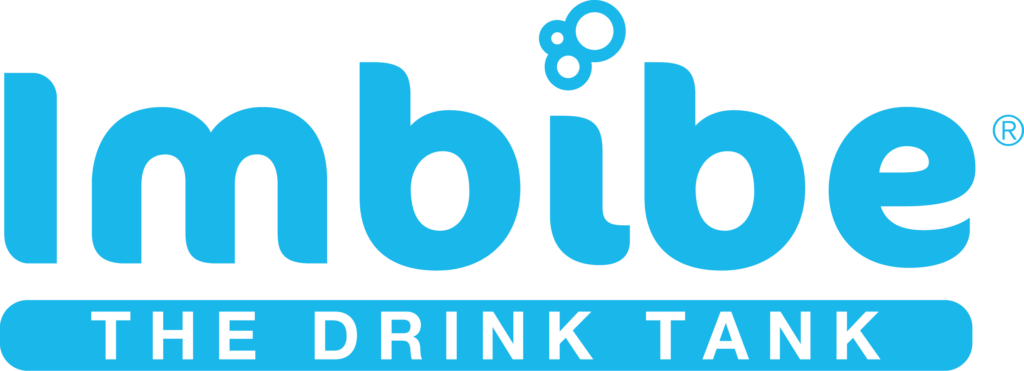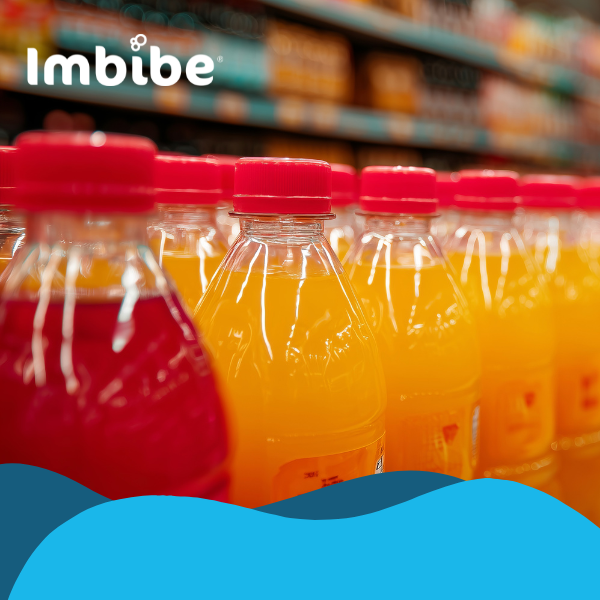The Trump administration’s sweeping tariffs, effective April 2025, have sent ripples through the U.S. food and beverage industry. With a universal 10% tariff on all imports and even steeper, country-specific rates—such as 145% on Chinese goods, 20% on European Union products, and 46% on Vietnamese imports—the sector faces a new era of cost pressures, supply chain challenges, and shifting consumer behaviors.
What CPG Brands Are Facing
Rising Input Costs Across the Board
Tariffs on core inputs—agricultural commodities, food ingredients, and packaging materials—are driving double-digit cost increases in some categories.
- Aluminum cans, commonly used in beverages, now cost 15–20% more due to a 25% tariff on imported aluminum.
- Coffee beans from key suppliers such as Brazil (10%), Colombia (10%), and Vietnam (46%) are up sharply—impacting RTD coffees and flavor systems reliant on extracts.
- Cocoa, spices, and vanilla—often sourced from tariff-affected countries—are now harder to afford or replace.
Downstream Effects: Inflation and Changing Consumer Behavior
CPG brands are passing some of these increases onto consumers, contributing to projected mid-single-digit food inflation in 2025. In response, shoppers are increasingly:
- Trading down to private-label and value brands
- Prioritizing familiar, core categories over specialty or imported products
- Demanding clearer justification for price hikes
Supply Chain Complexity Is Intensifying
Beyond price, availability is now a concern. As manufacturers reassess global sourcing to avoid tariffs, new challenges emerge:
- Longer lead times from onboarding new vendors
- Inconsistent quality as brands move outside of preferred geographies
- Logistical bottlenecks at ports and distribution centers
Forecasting Becomes a Gamble
The uncertain trade landscape is making demand planning, inventory management, and cost forecasting difficult. For brands managing large portfolios or seasonal launches, the margin for error is narrowing.
How to Navigate the New Normal: Five Strategic Moves
The right formulation and sourcing strategy can mitigate exposure—and even unlock competitive advantages.
1. Diversify Ingredient Sourcing
- Evaluate sourcing footprints and consider multi-region supply options for critical ingredients. Engage partners with global reach and quality assurance protocols across continents.
2. Reformulate with Resilience in Mind
- Work with flavor and formulation experts to reduce reliance on tariff-affected inputs without compromising taste.
- At Imbibe, we’ve helped brands transition away from high-impact ingredients like imported citrus oils, cocoa powders, and vanilla extracts—maintaining flavor integrity through creative layering, masking, and taste modulation techniques.
3. Localize Where Feasible
- While not always possible, domestic alternatives for some ingredients, packaging, or manufacturing processes may reduce tariff exposure and improve supply chain reliability.
4. Fortify Your Supply Chain
- Review your supplier risk assessments, build redundancy into critical paths, and strengthen your logistics partnerships. Flexibility is now a competitive asset.
5. Lead with Transparency
- Use pricing conversations as an opportunity to build trust. Consider communications that link tariff-related increases to product integrity and long-term brand value.
Outlook: Adaptation Will Separate the Leaders from the Laggers
The 2025 tariff landscape will continue to evolve, but the signal is clear: agility and foresight will define success. Brands that proactively adapt—from sourcing and formulation to consumer messaging—will weather the volatility with greater control and confidence.
Imbibe’s expertise in ingredient systems, taste optimization, and formulation strategy helps leading brands make these transitions thoughtfully and effectively.
Whether you’re exploring reformulation options, managing a cost spike, or launching a new product line under pressure—we’re here to help you make it taste good and make it work.



